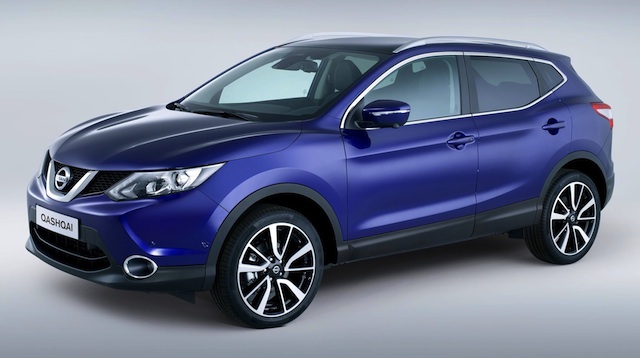
The new Nissan Qashqai will arrive in New Zealand around the middle of next year, a couple of months or so after the second-generation X-Trail.
Both crossovers share the same platform, an arrangement that allowed Nissan production savings of 30 per cent on the Qashqai alone – money, it says, that was invested back into the quality of the car.
Nissan says the Qashqai is the “most significant” model of recent years. The first-generation Qashqai appeared in 2007 as the first in a new breed of smallish, family friendly crossovers.
It quickly became a huge hit, prompting other carmakers to rush out rivals. In the end Nissan sold more than two million two- and four-wheel-drive variants worldwide.
Nissan New Zealand imported only the front-drive version from 2007 and will do the same with the second-generation Qashqai.
“The X-Trail will be for those who want four-wheel-drive,” said Nissan NZ managing director John Manley.
Inside and out, the look of the Qashqai is similar to that of the X-Trail. There is a sharper front end, a clamshell-style bonnet, swooping creases along the side, a kick-up in the rear side window and a rounded rear end with a sporty spoiler at the top.
The interior design is dominated by an 18cm touchscreen infotainment system in the centre of the dash and a LCD screen that sits between an analogue speedometer and rev counter.
Nissan says interior style and quality has taken a huge step forward with plenty of plush plastics and nicely finished knobs and buttons. Even the seats have had a rethink, using techniques inspired by NASA researchers.

The new car is 49mm longer and 20mm wider, meaning more leg and shoulder room. It’s also 15mm lower than the old car – but there’s more headroom thanks to repositioned seats.
Boot space, at 430 litres, is 20 litres bigger than the old car’s, and there’s now a reversible, wipe-clean floor that can be adjusted to sit at two levels to ensure a flat floor when the rear seats are folded.
There’s also somewhere for the parcel shelf to hide underneath if you need to remove it – an example of the handy thinking that’s gone into the car.
Four small-capacity turbocharged engines, all with stop/start and mated to a CVT transmission, will eventually be offered, although Nissan NZ will almost certainly follow Australia’s lead.
Australia is expected to pick up petrol and diesel engines. The top petrol unit is a turbocharged 1.6-litre delivering 110kW/240Nm and a claimed 5.6 litres/100km (50mpg).
The diesel option is a 96kW 1.6-litre engine that uses a claimed 4.4litres/100km (64mpg).

